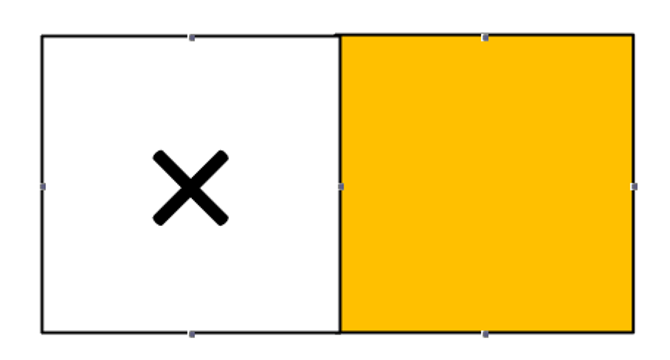Medium
2w
298

Image Credit: Medium
A Recursive Trick Hidden in Joseph’s Problem: Sequential State Recursion Method(original)
- The Josephus Problem involves eliminating people standing in a circle until only one survivor remains.
- A method based on understanding the state of the entire sequence is proposed for solving the problem.
- The method involves tracking properties of the sequence at each step and dividing it into chunks.
- Two elimination rules are defined: keep the first element in a chunk or remove the second element.
- The behavior of the sequence is predicted by the binary structure of these rules.
- Recursion is used to determine the survivor in the Josephus Problem.
- The sequence length affects the elimination rule, with even lengths halving and odd lengths involving specific element removals.
- The sequence stabilizes when its length reaches a power of 2, making the survivor easy to determine.
- Understanding the thought process behind problem-solving is emphasized, highlighting the importance of building frameworks of knowledge.
- Learning is portrayed as a process of layered development rather than mere absorption of information.
Read Full Article
17 Likes
For uninterrupted reading, download the app